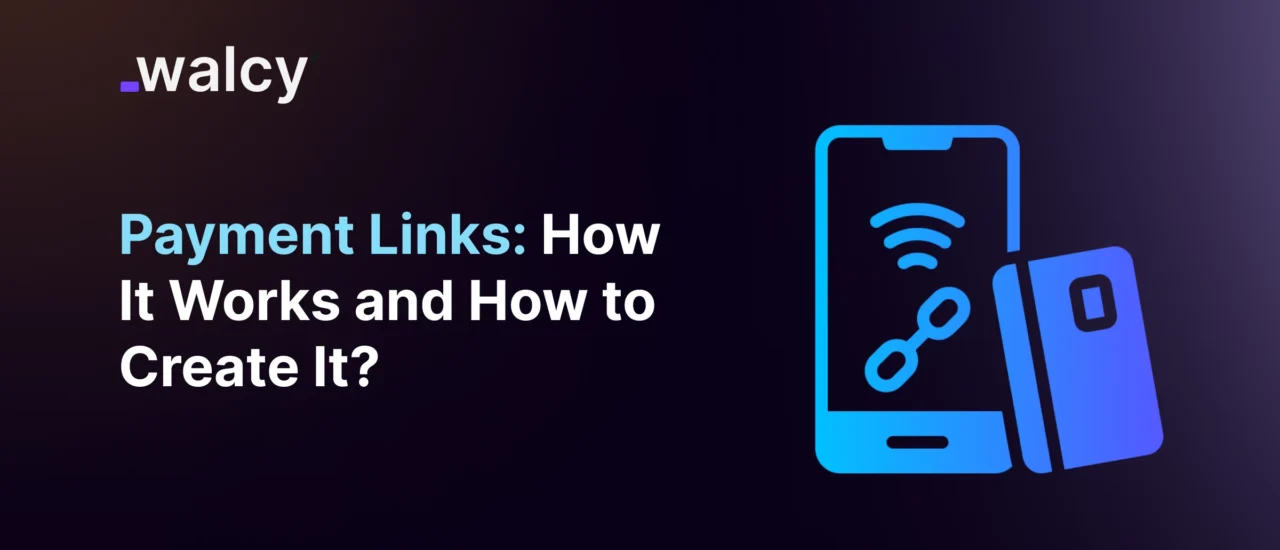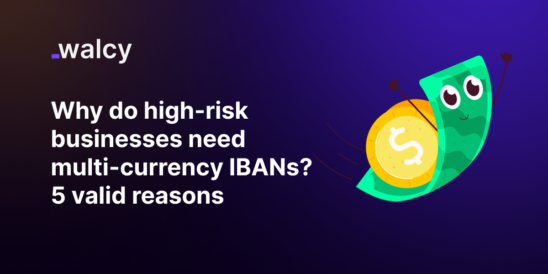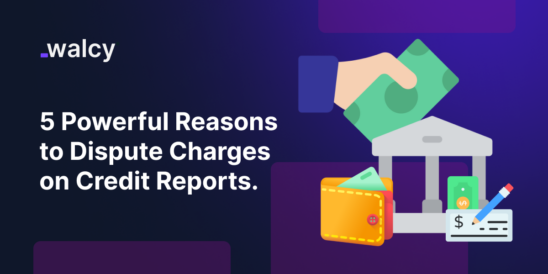In today’s fast-moving digital world, businesses and people try to find easy ways to process payments. Among the various tools that have enjoyed growing demand, payment links top the list.
Easy to create and use, payment links help businesses collect payments without having a cumbersome setup or expertise in technologies. Be it an e-commerce, freelancing, or service-based firm, with payment links, this process is quick, safe, and effective.
In the given article, one can learn what a payment link is, how it functions, and what advantages it carries while creating it in steps.
What Are Payment Links?
Payment links are secure URLs or quick response codes that one share with one’s customers via email, text, social media, or in person. Upon clicking the link, customers are sent to a trustworthy payment website where they can initiate payments using a selection of methods, including debit and credit cards, UPI, online banking, and more.
Such an approach makes it easier for customers to pay since they would not necessarily visit a website or download an app.
Unlike other traditional payment gateways, which would require the website to integrate, the payment link is a stand-alone tool that allows the payment process to be accessible on any device, whether a smartphone or computer.
This feature enables every scale of business to collect online payments without maintaining a website, hence serving as an impeccable solution for small businesses, freelancers, and service providers in general.
Read about: Top Payment Gateways In 2024. All You Need To Know
How Do Payment Links Work?
This is quite a simple process that involves a few easy steps to create a payment link and receive a return of payment:
Create Payment Link:
The business or service provider will create a payment link through a payment link gateway or platform, such as Stripe, PayPal, or Razorpay.
While creating the link, he can add the amount of money to be paid, the currency in which he wants to get paid, and a small description of the transaction. This makes it very easy on the customers’ side, to identify what they are paying for to avoid any misunderstanding in the process.
Send the Link:
After it has been created, the consumer can receive the link by social media, chat apps, email, or SMS. Of course, this provides flexibility for a business in reaching customers quite literally at any place they may be most active, whether that be in a business email or a social media message.
Without requiring a website, this can help extend the reach of companies and enhance the convenience of making a payment.
Customer Makes Payment:
The link redirects the customer to a secure payment page where customers can choose whatever method they want to pay with, either credit cards, debit cards, or UPI. From then onwards, they just have to fill in the details and complete the transaction.
Seamless redirection to a secure page increases the trust of customers regarding the safety of their information.
Read about: How Credit Card Transaction Processing Works? A Quick Guide
Verification and Confirmation:
It provides immediate confirmation to both the customer and the business on the successful completion of a transaction when the payment affects it. Using the dashboard provided on the payment gateway, a business can easily track payments and reports for easy financial management.
Therefore, this acts as an automatic confirmation that would expedite the process of payment besides offering a sure source for future records.
Web payment links enable businesses to avoid costly integrations and expensive Point of Sale systems therefore, this is a very perfect solution for SMBs, freelancers, and startups. It’s pretty straightforward to ensure flexibility and ease for businesses while empowering them to smooth their payment collections.
Benefits of Using Payment Links for Businesses
Payment links have made this decent drive for several reasons and through the advantages that come along with using them, which are many, compared to traditional means of paying for goods or services.
Convenience and flexibility: Payment links can be sent via any platform, from email and SMS to social media; therefore, a firm can reach its customers at any place. The flexibility increases customer interaction and provides an easier flow toward making your payments.
Easy Setup: The good thing is that you will not require any complex integrations; hence, making it fast and super easy to set up even for less technical people. This kind of ease of use is very important for small businesses, freelancers, and startups.
Instant Payment Collection: Instant payment collection is possible since businesses can just share the link and reduce the waiting time taken in transactions. This quick turnaround could thus improve cash flow and the overall efficiency of the business.
Reduced Costs: When compared to traditional payment options, businesses may save a significant amount of money because the majority of payment link gateways have very low processing fees. Cost-effective for companies who aim to maximize their margins.
Security of Transactions: Payment links are encrypted, and their SSL certificates enable the safety of customers’ data during transactions. This safe environment engenders trust in customers to repeatedly do business with them.
Read about: International Payment Fees | The Essential guide.
How to Generate a Payment Link: Step-by-Step Guide
Generation of a payment link is quite easy; it can be generated within minutes. Let’s go through the steps for generating a payment link.
Step 1: Choosing a Payment Link Provider
The very first step would be to choose a trustworthy payment gateway that provides services related to a payment link. Popular options include Stripe, PayPal, Razorpay, Square, and Walcy.
Step 2: SignUp and Setup of Account
Come up with any of them, sign up, and then set up your business account. You will most likely need to verify your business information: email, bank details, and identification of the business.
Step 3: Create Payment Link
Log into your account and look for the “Create Payment Link” option. You will be asked to input information such as:
- Amount: Insert the amount you will want to charge.
- Description: Add to this a description of what the payment is for, so the customer knows.
- Currency: If the transaction is international, select the currency if available.
Step 4: Brand the Link (Optional):
A few of the providers for payment links can be branded with a business logo, color schemes, or even a custom URL. This helps in making the link more trusted and professional.
Step 5: Share the Payment Link
Once generated, you will be provided with a URL or a QR code. You can share it through SMS, email, social media, or any messaging app with your customer. Always make sure to include appropriate instructions for the customer on the use of the link.
Step 6: Monitor and Verify Payment
The majority of payment link providers perform this by providing a dashboard that allows you to monitor the progress of payments.
Once a customer finishes the payment, you will see it as “successful” in your dashboard, and the amount will be credited to your account after being processed.
Read about: Best Multicurrency Account: What Is It And How It Works?
Types of Payment Links and Their Uses
- One-Time Payment Link: This sort of payment link can be used once; therefore, it will be suitable for one-time payment against any product or service.
- Recurring Payment Link: In some payment gateways, subscription-based services allow links to be created through which recurring payments are processed.
- Custom Payment Links: Using a custom payment link, you can add specific customer details, personalized amounts, or descriptions of the product, making it effective in B2B services.
- Credit Card Payment Link: The kind that allows customers to make direct payments with their credit cards, which can facilitate larger-value transactions.
How to Validate a Payment Link
Regarding the security and validity of the payment process, a customer and a business should consider ways to validate a payment link. Here’s how:
- Check the URL: The URL should begin with “https” and originate from a reputable payment link service provider’s official website.
- Look for Business Branding: Most valid payment links carry branding in the form of a business name or logo that lends some credibility.
- Verify the Details: Verify that the transaction amount is correct, as well as the description and any other details.
- Reach out to the Business for Verification: If you are still unsure, contact the business directly asking them to verify the payment link.
Use Cases for Payment Links in Different Industries
- E-commerce: These are useful for closing orders on social media, calls, or chat messages by small e-commerce companies.
- Freelancers and Consultants: Freelancers can demand compensation from clients in favor of services delivered with no advanced configuration required in the area of payments.
- Food and Retail Businesses: Restaurants and retail stores have found it easy to collect online order payments because customers have the convenience of making a payment and picking up or receiving delivery.
- Service Providers: The health, fitness, and education industries get paid by clients via links. Thus, it reduces lots of hassle in recurring services such as appointing, consulting, or enrolling in classes.
Common Challenges with Payment Links
Though there is great flexibility with the links in payments, some of the challenges that may arise:
- Processing Fees: Sometimes, the processing fee involved in using a link to pay for something might be higher compared to a typical gateway.
- Limitation of Payment Methods: Some links for paying might not support as many means of paying, especially in certain regions.
- Security Risks: As it is with all alternative digital ways of paying for goods, security is paramount. One has to ensure that the payment link comes from a secure and verified source to avoid scams.
Read about: Online Payment Security: Best Practices to Keep Your Transactions Safe
Tips for Creating a Safe and Effective Payment Link
- Generate your payment links only via trusted providers: Stripe, PayPal, and Square are recommended.
- Add Description: While creating the links of payment, add descriptions so that customers know what they are paying.
- Set Expiration Dates: Set expiration dates for links in one-time transactions, limiting the possibility of unauthorized access.
- Offer multiple options for payment: Offer as many modes of payment as possible, like credit card, debit card, UPI, or net banking, because all customers will not be comfortable with the same mode.
Read about: UPI International Transfer: Comprehensive Guide
Conclusion
Where businesses or personal entities seek an easy, flexible, and secure means of collecting money, a payment link is a great solution.
From their different customization options to a variety of ways to share the links, payment links have made it easier than ever to deal with transactions in a digital world.
By following secure practices and choosing a trusted provider, businesses can streamline processes and help assure customer satisfaction.
Read about: 5 Best International Business Accounts | Open From Anywhere
Do follow us on Facebook and LinkedIn, to stay connected with us.



